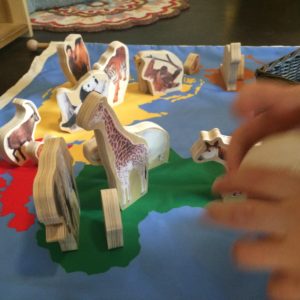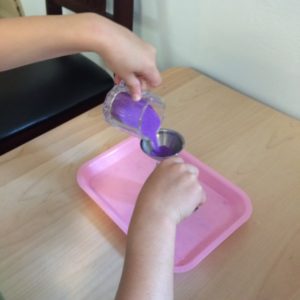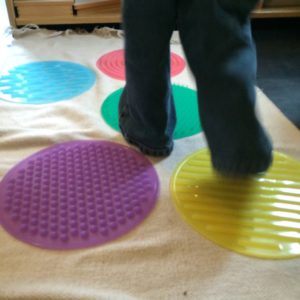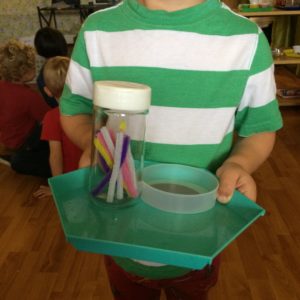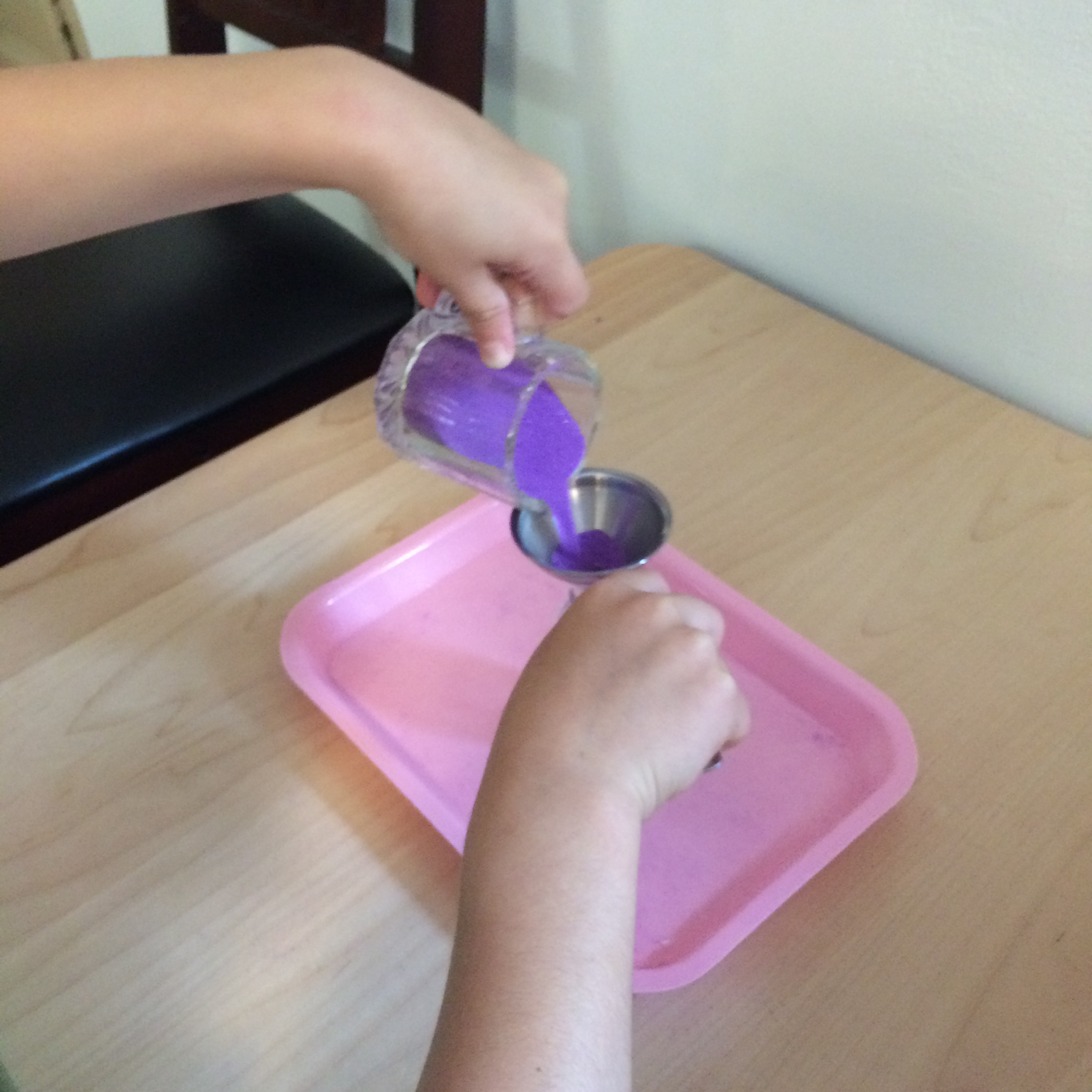Montessori schools have big closets. Well, ours is a shed, but the point is that we have more available for children in storage than is actually out on the shelf. Of course, there are some always-available Montessori classics like the pink tower, counting rods, continent maps, and sandpaper letters, but much of our classroom is in a state of flux from month-to-month.
Our teachers are constantly observing the students, both individually and collectively. Teachers are searching for new ways for student engagement. For example: Jamie _loves_ lizards has thus far resisted writing letters, even though the teachers feel that Jamie is ready to write. Jamie may arrive at school one day to find a variety of lizards on the shelf, with a means to write out the names of each different kind of lizard. The lizards are the hook for Jamie to continue his/her development.
Here is a sampling of some of the recent additions to our shelves.
